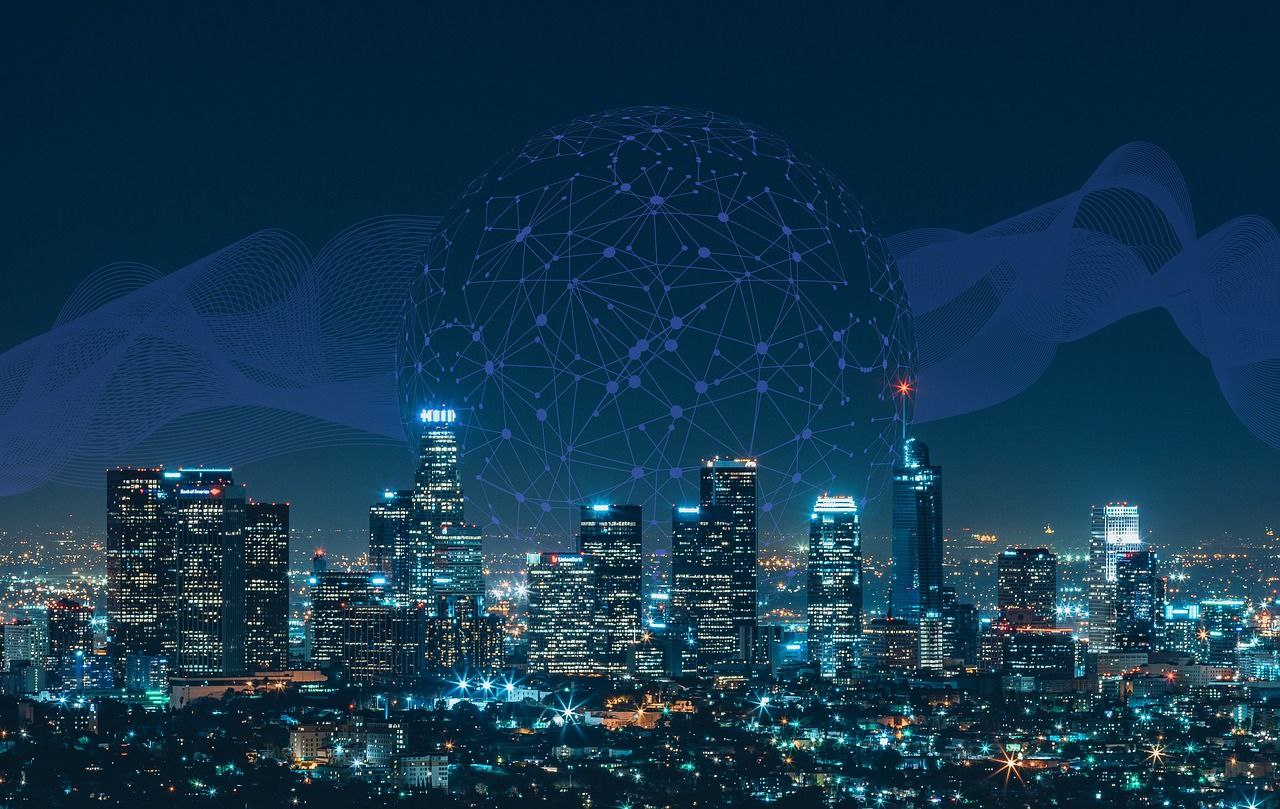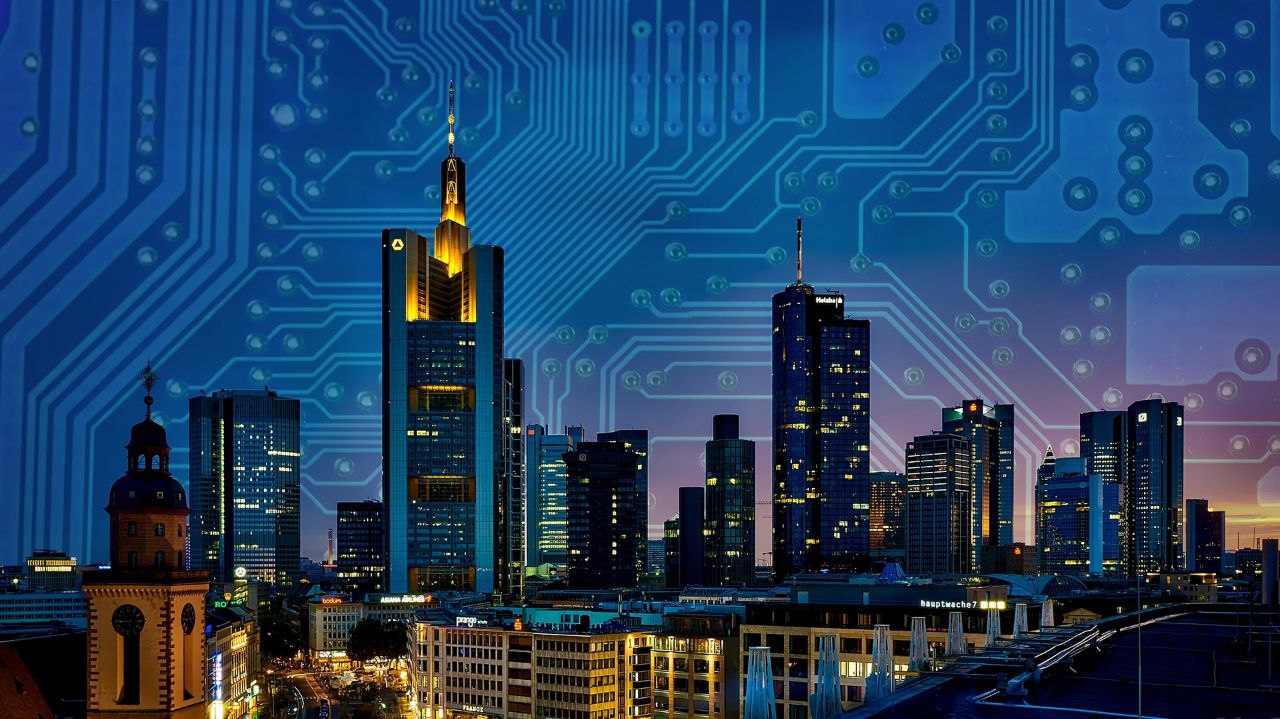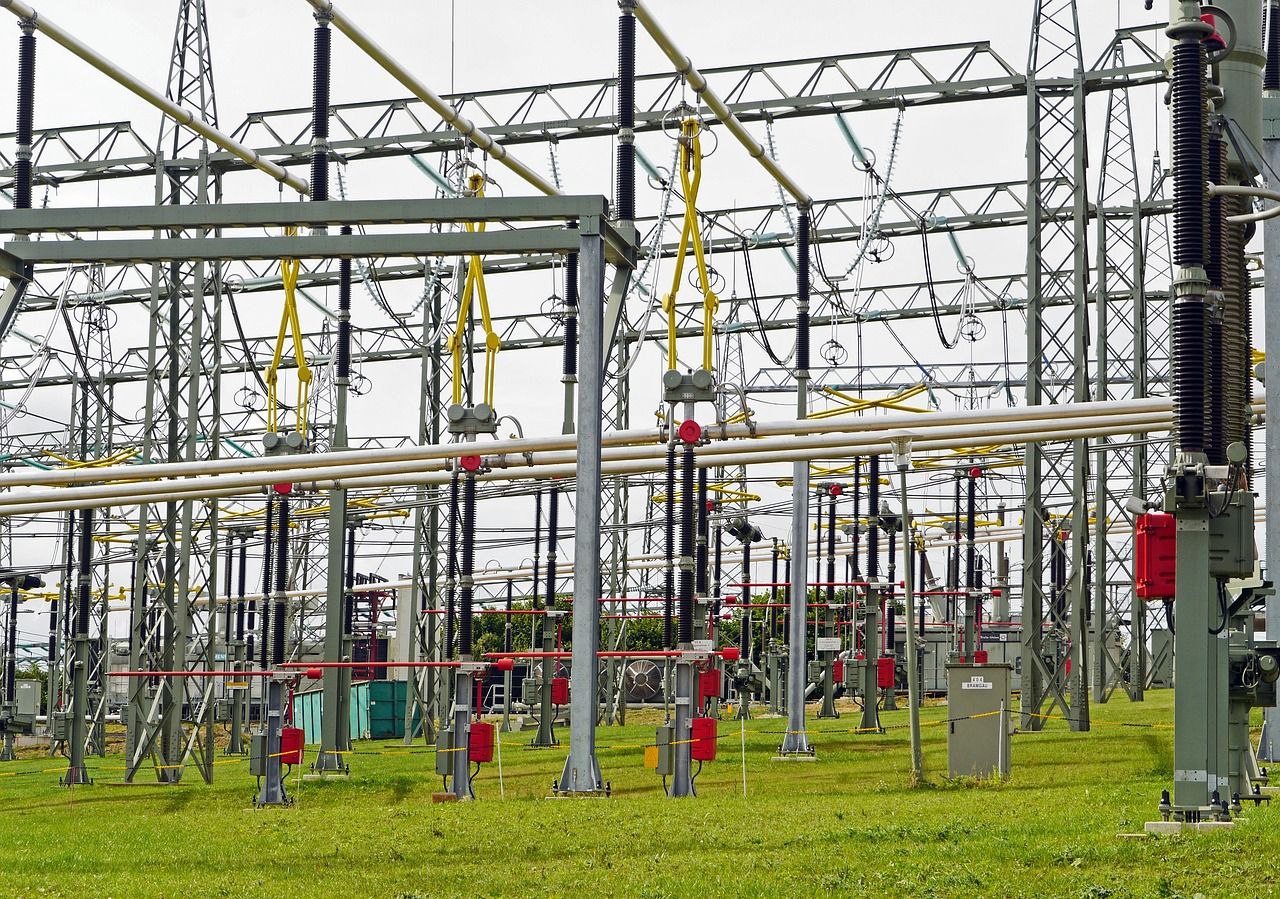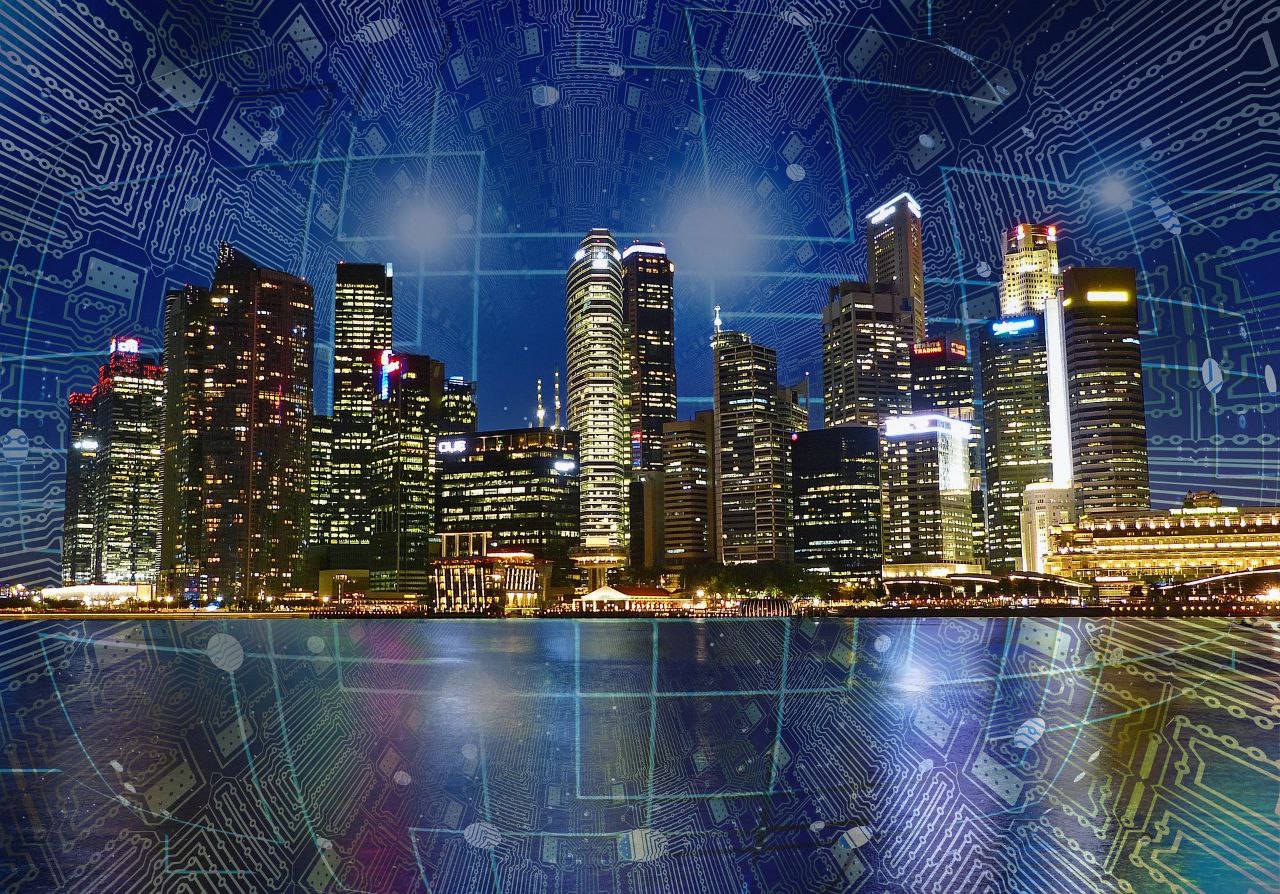Your city can speak to you
The animation ‘The Emoji Movie’ gave us a snippet of how life could be if the apps and features in our devices were alive. This is a slight picture of how a smart city works – an urban area that is alive. A smart city is a connected urban centre that leverages digital infrastructure to collect data, analyze it and offer insight to improve its inhabitants. The cities in the world are home to half of the world’s population and so they generate copious amounts of data every day. Smart cities use this data to study the everyday happenings of an urban area, then they get to draw patterns and understand how the urban area works and finally offer low cost and sustainable solutions.
The internet of things (IoT) is at the core of the working of smart cities. Basically what smart cities do is bring together the digital and physical world through connected devices and offer data analytic solutions to any information obtained. Besides IoT and big data, smart cities also leverage other technologies such as Artificial Intelligence (AI), virtual and augmented reality (VR), blockchain and much more that will be discussed in this article.

The need for smart cities
Despite being home to half of the world’s population, cities are estimated to add 2.5 billion more residents with the ongoing rural to urban migration and population rise. This poses a great danger to urban-dwelling because of the already existing problems in our cities such as overcrowding, high crime levels, environmental pollution and wastage of resources projected to grow exponentially.The current residents of cities also expect their Municipal Councils or relevant leadership to deliver better quality of life at a sustainable low cost. The city leadership is to this while reducing the pressure on the environment and provide all the infrastructure needs. Smart cities come to the rescue by analyzing past and real time data through connected devices to effectively respond to volatile situation and avert disasters, to optimize resources and allocate them more wisely, to make better decisions and better plan for the future and finally to improve the overall performance of the city.

How smart cities work
Any modern city that aims to ride the smart city wave will need to have the digital infrastructure, provide specific insight and be infectious (widely adopted).1. Infrastructure
A technological base is paramount for a smart city. The leadership will have to invest in digital infrastructure in order to leverage on IoT and big data. These include; connected devices such as smartphones to other devices, vehicles to traffic lights, vehicle wheel to pavement sensors and much more; sensors to collect data; drones.2. Insight
All the digital infrastructure should now translate any data into very specific insight that is useful to the people in a city. This is where phone applications, computer software and various service providers come in to translate the raw data collected into useful actionable insight.3. Infectious
For a smart city to survive and offer its services in a sustainable way, the actionable insight has to be widely adopted. Cities and companies need to come in and ensure many people in city utilize the services and have their devices connected both for collection of data and offering of efficient provided services. Smart city advantages are only viable if the solutions are widely adopted.The smart solutions
1. Improved energy management
By the use of digital connectivity and data analysis, smart cities have the potential to improve quality of life and support economic growth through smart urban energy management. Cities consume two-thirds of the world’s energy and therefore effective management of a city’s energy greatly helps the world. Smart cities have improved energy management in the generation, storage, infrastructure development, facilities and distribution of energy. Here are a few examples;a. Smart micro-grid power

A connected neighbourhood could have a micro-grid set up that collects the energy from all the houses generated by solar panels. Depending on the need for use and level of consumption, the smart micro-grid could then be redistributing this stored energy to the houses, especially if a national grid power outage occurs. Panasonic is setting up a smart solar-powered grid in Japan to give a whole neighbourhood of 1000 homes the ability to run off-grid. During the storms and fires of 2019, a farm in California was able to remain powered by its micro-grid while the wildfires caused outages in other areas. Through the SHINES project in Austin , Texas, a smart solar grid is being installed in the town to allow homes and businesses to sustainably switch between the national grid and solar energy smartly and in a way that boosts their economy.
b. Reducing energy consumption and improving efficiency of generation
The efficiency of energy generation and distribution is important to avert great losses and wastage which in turn causes power outages and rising in energy costs. Smart cities collect data in energy generation plants and grids by use of shadow meters and information kiosks. This data is analyzed and clearly shows where energy is being lost or wasted. Mitigation efforts are then initiated.Improving energy efficiency can also be extended to its use in appliances. Many cities are already incorporating more efficient LED bulbs in their streets. These bulbs are fitted with sensors that automatically decrease lighting output when no one is in the vicinity or when daylight appears. Through intelligent lighting management system, smart cities are saving a lot of energy.
2. Trash and waste management

Smart cities are able to deal with their wastes more effectively through various ways of digital connectivity and collected data analysis. In this article, we will discuss developing a product life cycle and smart waste management.
a. Product life cycle
Smart cities have the opportunity to track the development of products that eventually fill up our earth as waste. The local authority can ensure all companies have proper infrastructure for the collection of information on their products’ life cycle. This will facilitate visibility throughout the entire life of a specific product and much insight can be drawn from such visibility. A company can now be able to observe the effect of their products as waste and design a business model which reduces waste generation. This way, waste generation from the production level can be greatly reduced as the waste management practices are tied to the whole product’s life cycle.b. Smart Waste Management System
Problems facing already existing trash collection in our urban centres include the process being expensive and ineffective collection practices. Some ineffective trash collection practices include the bins being too full thereby posing threat to surrounding and vandalism. Smart cities offer solutions to present waste collection system through using sensors to collect information such as date and time of the previous collection, level of filling up of bins, unauthorized movements of bins and any emergency alerts. This data when analyzed provides a framework for waste collection and management companies to effectively handle the waste. Trucks will now be intelligently dispatched to collect trash only when it is economically viable to do so thus lowering costs of waste management. Through this data, a framework for rewarding customers could also be generated where those with recycling tendencies and correct waste separation habits are given discounts.c. Improving air quality and environmental conservation and sustainability
Through all the smart solutions being offered by intelligent cities have the potential of reducing greenhouse gas emissions by 15%, reducing 130 fewer kilograms of solid waste and 80 litres of water wasted per human use. Therefore, smart cities are a silver bullet in our fight against climate change.Smart cities accomplish these great feats through air quality monitoring via sensors, energy use optimization and utility tracking. Data collected from any utility used by city dwellers is intelligently and purposefully used by the smart city to make better decisions and provide better quality of life. Useful data can be collected through the public transport system, setting up sensors to detect leakages and tracking technologies. This raw data is then translated to alerts, insight or actionable applications through data insight.
3. Smart traffic management system
All these smart solutions are interrelated. Solving one problem possibly leads to the solution of another. A smart city that has an effective traffic congestion management system solves greenhouse gas emission problems and improves the safety of the city dwellers besides improving the area’s economy. The US loses over 300 billion dollars from traffic congestion in form of wasted fuel, lost time and increased cost of transporting goods. With many countries having already established cities, there are great physical and financial hurdles to overcome if the only strategies to solve this problem is by deconstruction and building additional roads. This calls for new and innovative strategies to improve traffic conditions. Among other innovative solutions, smart cities offer these intelligent ways;i. Advances traffic management system
A smart has the potential to collect vehicle and traffic data through cameras, sensors, smartphones and even induction loops. All this data is then analyzed and evaluated to provide meaningful information that includes traffic routing, travel time analysis and even signal retiming and optimization. With this analyzed information, the advanced traffic management system is created. This is a system that can be monitored remotely but also with AI can allow the communication of insight between road users in real time. Traffic management technologies are then used to adjust signal timing depending on real time conditions and also integrate data sharing between road users.The city of Pittsburgh has deployed a decentralized system of traffic management known as Rapid Flow Technology Surtrac system which uses cameras for video detection and radar to analyze vehicle traffic and adjust signals in real time using AI. The city of Dallas has also partnered with Erricsson to manage their traffic effectively. It is estimated that for both cities travel time has been reduced by 26%, intersection waiting time has been reduced by 41% and vehicle emissions reduced by 21%.
ii. Vehicle to Vehicle (V2V) and Vehicle to (V2I) technology
Leveraging on digital connectivity, vehicle to vehicle communication technology involves sharing of alerts, warnings and actionable insight between vehicles in the same city. Cars, trucks and other forms of motorized transport can be able to inform each other on changes in traffic patterns, accidents or any form of congestion so that transport functions in a city with more insight.Vehicle to Infrastructure technology may include smart corridors which are just special smart sections of a road that are fitted with cameras and sensors. These smart corridors are able to communicate with vehicles informing them of the real time conditions of the road before a vehicle arrives at the spot. Drivers are able to be warned about any extreme weather conditions in good time and even offered alternative routes.
iii. Alternative forms of mobility
As much as local authorities can try to make life easier for drivers within the city, decongestion in a city is heavily dependent on the reduction of volume of vehicles within the city. A smart city can also use technology to encourage alternative means of mobility in order to reduce volume of traffic.The main forms of alternative mobility are cycling and walking. The numbers of walkers and cyclists are astronomically low compared to those who drive. In the USA, 85% of their working population drive to their work places. This number has been slowly dropping and thereby providing local authorities the opportunity to encourage more people to walk or cycle. The aim is to guarantee safety and provide incentives to using any non-motorized form of transport.
This can be achieved through having sensors fitted in vehicles so as to detect pedestrians and cyclists. The sensors can then initiate an automatic stopping or reduction in speed of the vehicle if they detect pedestrians around. Local authorities could also tap into the data provided by ride tracking apps to know the routes used by cyclists. Once this data is analyzed, the city authority can know the areas where they can effectively and viable invest in safe bike commuter infrastructure.
4. Improved crime detection and security
One of a city’s biggest problem is crime and security. Either a police force is not able to contain the low security levels of a city or the police force has poor response mechanisms that may result in civil unrest as recently witnessed. Smart cities are predicted to reduce crime levels by 30% and increase the response to emergency cases by 20%. Here are some ways that these intelligent cities leverage on technology to improve security;a. Predictive modelling to avert future crimes
Smart cities have the ability to harness and utilize the valuable information on security in order to predict where crimes will likely occur and how to avert them. Such information can be gathered from past historical records, camera feeds, social media among others. Big data and analytics are used to create models and map a city on areas that are prone to experience high crime levels. Predictive models are drawn and the security forces have much better insight when approaching crime detection and prevention. In Vancouver, the police have developed predictive models which they use for detecting crimes and effectively averting them.b. Partnering with citizens
The power always belongs to the people! Security forces of a smart city can partner with its city dwellers to reduce crime and improve emergency response. This can be done by setting up and sharing widely of special apps or online platforms for sharing real time information between law enforcers and citizens. If a crime is witnessed, the witness shares information in form of photos, videos or any other relevant media in real time and thereby alerting the people around and the police through the online platform. In the same way, the police also inform city dwellers of a crime alert through the same platform. This partnership between law enforcement and citizens is what is needed in order to build safer communities.Groningen is a Dutch city that has a system called ComProNet (Community Protection Network) which initiates a crime alert through a push notification when a crime happens. Besides the push notification being sent to everyone who in the network, a Twitter thread is launched and information updates are kept running. The citizens of Groningen can also set up alerts and send the police force evidence in form of photos and videos.
What it takes to build a smart city

1. Expansive wireless connectivity
a. LPWAN technology
Smart cities will require expansive and constant wireless connectivity between the myriads of devices and infrastructure as discussed above. Low power wide area network (LPWAN) technology offer long range wireless connectivity therefore providing a platform for IoT and V2V to thrive. This fifth generation technology standard for cellular networks will allow for astronomically faster internet connectivity as compared to the previous generations. This will allow for faster and efficient communication between machines and devices which is the basis of smart cities.b. Open data and it's free sharing
For a smart city to function effectively, there needs to be the free sharing of information between various parties and users. There needs to be an investment in both software and hardware infrastructure to ensure data is freely shared between city dwellers and governing authorities. Data and internet securityProtection of the city dwellers’ data is a key component of the survival of a smart city. In order for the city dweller to trust any platform for sharing of some sensitive data like location and personal details, they have to be assured that their privacy will be protected.
The city also has to invest in cyber security in order to prevent hacking and malware planting as these would jeopardize the functions of the city and put people’s lives at risk.